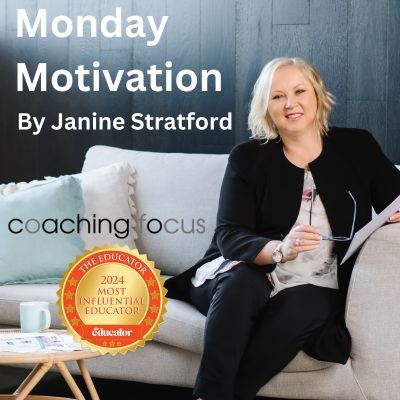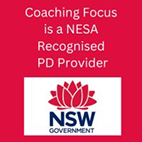Monday Motivation – Recognition – We All Like It a Little Differently
One of the most important things to understand about people, especially as a leader, is that everyone wants to be recognised. Whether it’s for effort, progress, support, or achievements, recognition is vital. It shows you value people, appreciate them, and truly see them. However, how people like to receive recognition varies widely. Some prefer a quiet word of thanks, a handwritten note, or a small token of appreciation. Others thrive on public acknowledgment, relishing the opportunity to celebrate their success with their peers. Some want to share the recognition with their team, while others enjoy their moment in the spotlight.

The key to effective recognition is in how it is received. Does it make the person feel valued? Does it feel genuine to them?
I once had a leader who consistently recognised me in public forums-staff meetings, gatherings, even in front of students. She spoke generously about my contributions in these settings. However, in one-on-one situations, her approach was completely different-dismissive, even suggesting that what I did was simply expected. Did I believe her public praise was genuine? Absolutely not. It felt performative rather than heartfelt.
To be meaningful, recognition needs to be delivered in a way that feels authentic to the recipient. If public acknowledgment resonates with them, great-but follow it up with a private, reinforcing comment to show that you truly meant it. For those who prefer a quiet expression of appreciation, a thoughtful email, a card, or a simple “thank you” in passing may be far more impactful than a grand announcement.
As a leader, it’s vital to understand how each member of your team likes to be acknowledged. Some appreciate enthusiastic, verbal recognition, while others find it overwhelming or even insincere. Some prefer a personalised email, while others might value a structured recognition program, like a weekly award for outstanding contributions.
Above all, remember that recognition is not about how you like to receive it-it’s about what feels genuine to the person you are recognising. The power of communication lies in how it is received. Public celebration can be appropriate and necessary at times, but it should be balanced with private, meaningful acknowledgment.
Failing to consider personal preferences can even have unintended consequences. Those who dislike public recognition may withdraw or shut down, potentially damaging the relationship rather than strengthening it. If you’re unsure, ask them how they prefer to be recognised. A simple question can ensure your efforts have the right impact.
It’s also important to be mindful of those who hold themselves to high standards. When recognised, their first instinct may be to downplay their contributions, attributing success to external factors rather than their own efforts. This is often a form of deflection. When this happens, don’t let them dismiss the recognition-gently reinforce it. Let them know you’ve noticed their hard work and that their contributions matter.
Recognition, when done right, has the power to build trust, motivation, and engagement. Take the time to tailor it to each individual, and you’ll create a culture where people feel truly valued.
What will you do this week to find out how your team members like to receive recognition?
If this interests you, join me at the Leadership Blueprint program being held in July and November 2025, both live workshops, held over ZOOM. It will teach you how to be lead with purpose and direction. It’s called being strategic. You can learn more about it here.








